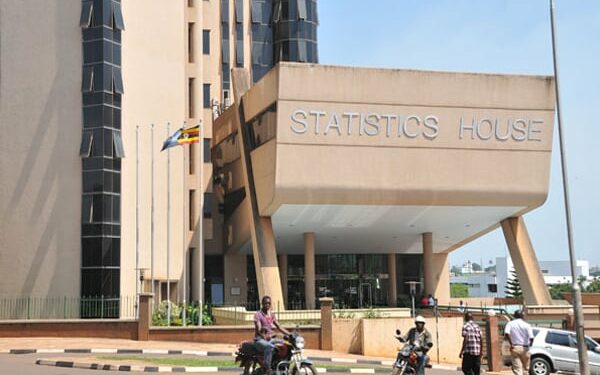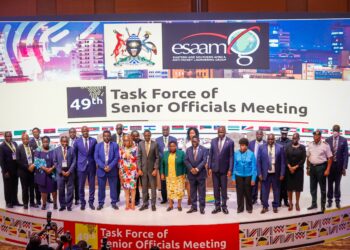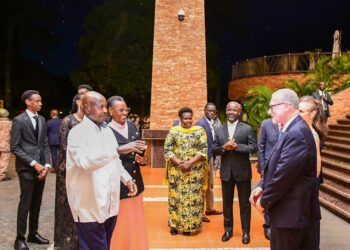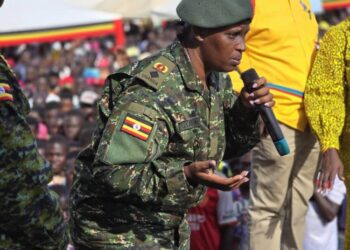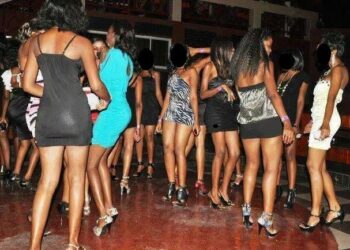The phrase households in subsistence way of life has for long been used by President Museveni to describe Uganda’s materially most needy and deprived households.
These are groups of people living and eating together but undergoing a lot of material deprivation because they lack financial means to adequately meet life’s most basic needs.
They chiefly thrive on rudimentary farming practices, on gathering and on hunting. They barely have any ascertainable income source. And in Uganda, the whole country is comprised of 10.7m households with an average of 4.2 persons per household.
Of the 10.7m households, 3.5m fall under the subsistence category which sometimes the President refers to as ekidda kyonka (loosely translated to imply those who are working and living hand to mouth-if they work at all).
The UBOS 2024 census final report shows the proportion of the country’s population (of roughly 46m people) or proportion of people who live under subsistence category in each of Uganda’s statistical regions.
West Nile has 54%, Karamoja 71%, Kigezi 33%, Ankole 28%, Rwenzori 37%, Bunyoro 31%, Kampala 1.7%, Buganda 17%, Busoga 38%, Bukedi 50%, Bugisu 41%, Sebei 41%, Teso 47%, Lango 48%, Acholi 50% and Madi 47%.
Mukiza and Byamugisha, who respectively wrote the foreword and preface for the 2024 census final report, have since implored researchers, policy makers, CSOs, development partners and government officials to leverage on the census findings to engage in evidence-based advocacy, policymaking and resource allocation while designing the appropriate interventions aimed at alleviating material deprivation in the different sub regions of the country.
Do you have a story in your community or an opinion to share with us: Email us at editorial@watchdoguganda.com


